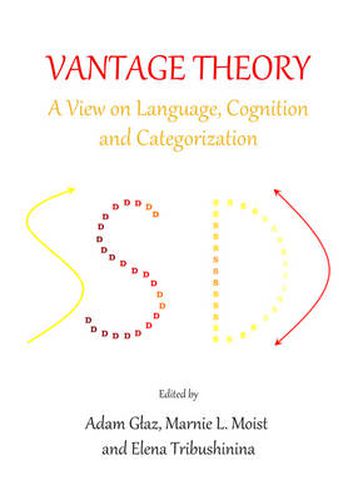Readings Newsletter
Become a Readings Member to make your shopping experience even easier.
Sign in or sign up for free!
You’re not far away from qualifying for FREE standard shipping within Australia
You’ve qualified for FREE standard shipping within Australia
The cart is loading…






The book is concerned with Vantage Theory (VT), a model of categorization proposed by the American linguist, anthropologist, and cognitive scientist, Robert E. MacLaury (1944-2004). It consists of three of his previously unpublished studies and five chapters by other authors.Vantage Theory views categorization as a process of vantage (point of view) construction by analogy to the way humans orient themselves in space-time. Originating in the domain of color, the theory was extended to cover other aspects of cognition and language. The chapters authored by MacLaury introduce the model, discuss the details of the analogy between space-time and categorization, and present four case studies.The remaining chapters present an overview of the existing literature on VT, locate the model against the broader background of psychological and cognitive research, and propose its application to novel data.
$9.00 standard shipping within Australia
FREE standard shipping within Australia for orders over $100.00
Express & International shipping calculated at checkout
The book is concerned with Vantage Theory (VT), a model of categorization proposed by the American linguist, anthropologist, and cognitive scientist, Robert E. MacLaury (1944-2004). It consists of three of his previously unpublished studies and five chapters by other authors.Vantage Theory views categorization as a process of vantage (point of view) construction by analogy to the way humans orient themselves in space-time. Originating in the domain of color, the theory was extended to cover other aspects of cognition and language. The chapters authored by MacLaury introduce the model, discuss the details of the analogy between space-time and categorization, and present four case studies.The remaining chapters present an overview of the existing literature on VT, locate the model against the broader background of psychological and cognitive research, and propose its application to novel data.